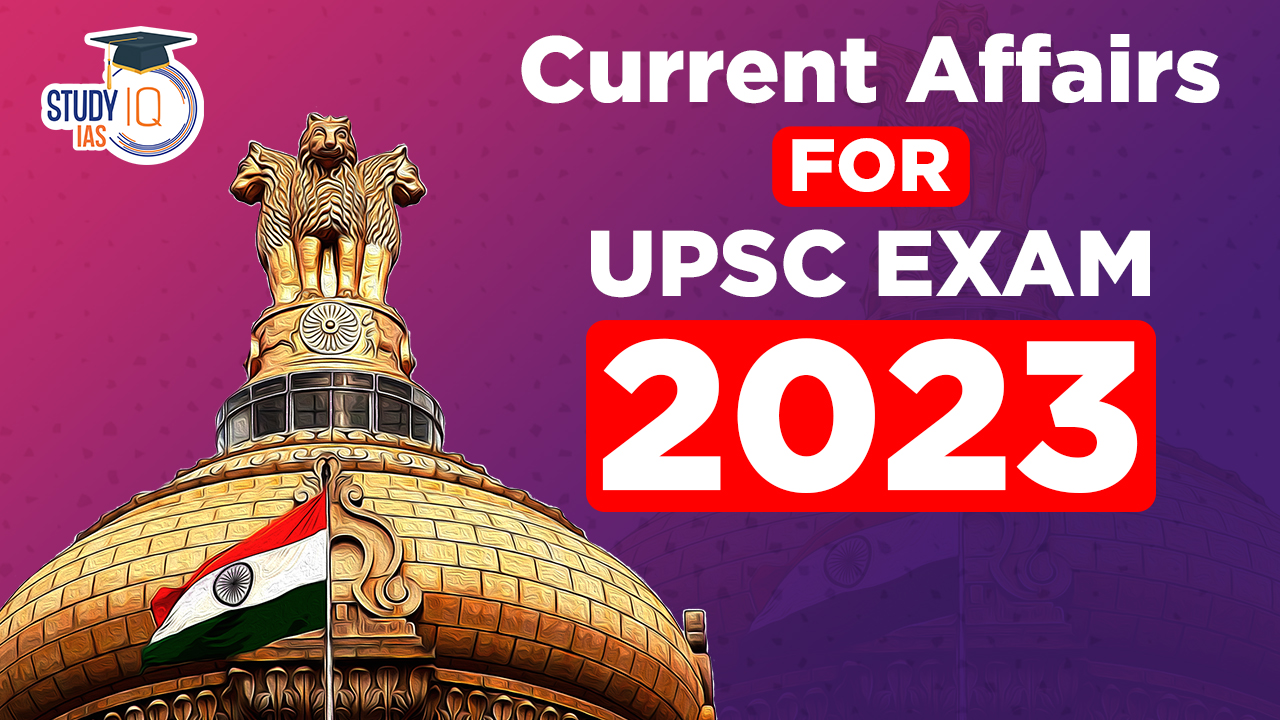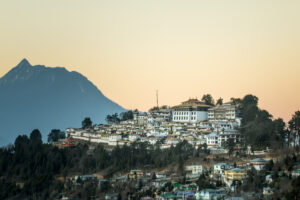Table of Contents
Noma
Context: Noma was recently added to WHO’s list of Neglected Tropical Diseases.
Noma Disease Overview
- About: Noma Disease, also known as cancrum oris or gangrenous stomatitis, is a severe gangrenous condition affecting the mouth and face.
- Gangrene: The disease involves gangrene, characterised by the death of body tissue due to insufficient blood flow or serious bacterial infections.
- Causative Agent: It is caused by the spirochete Borrelia vincenti, in conjunction with various anaerobic bacteria.
- Symptoms: Gum inflammation, ulcer on the mucous membrane, frequently after measles or other illnesses, facial disfigurement, jaw muscle spasms, oral incontinence, and speech problems.
- Mortality Rate: About 90% and is not contagious.
- Affects: Children aged 2-6 in poor communities who are malnourished, infected with infectious diseases, living in extreme poverty with poor oral health, or who have weakened immune systems.
We’re now on WhatsApp. Click to Join
Challenges in Addressing Noma Disease
- Lack of Awareness: There is a significant lack of awareness and understanding of Noma Disease.
- Outdated Data: Reliable data on Noma Disease cases is scarce. The WHO’s ‘latest’ estimates, dating back to 1998, cite 140,000 annual cases and a prevalence of 770,000.
Prevention and Treatment
- Early Detection: Prompt diagnosis is crucial, as treatment in the early stages of the disease is most effective.
- Hygiene and Nutritional Rehabilitation: Slowing the disease’s progression can be achieved through basic hygiene practices, antibiotics, and nutritional rehabilitation.
- Access to Medication and Surgery: Effective drugs like sulfonamides and penicillin, along with necessary surgical treatments.
Yogmaya Temple
Context: The Yogmaya Temple, a site of historical significance, is believed to occupy the location of an ancient temple dating back to the Mahabharata era.
About Yogmaya Temple
- Alternative Name: Yogmaya and Jogmaya Temple
- Located in: Mehrauli, Delhi, near the famous Qutub Minar.
- Construction Era: It was constructed between 1806 and 1837 by Lala Sidhu Mal, a noble in the court of Mughal Emperor Akbar II.
- Historical Significance: The area, once called Yoginipura, is mentioned in ancient Jain texts. It is also believed that Prithviraj Chauhan had patronised a Yogini temple at this site before the destruction of his city.
- Importance in Mughal Era: The temple was a significant site during the reign of Akbar II.
- Deity: The temple houses a replica of Goddess Yogmaya, also revered as the “Pure Goddess.”
- Unique Festival: Phoolwalon ki Sair
Saffron – Red Gold Cultivation
Context: Saffron(Red Gold), a flower prized and elusive, found an unexpected space to flourish– Kodaikanal, a region better known for the cultivation of a different purple flower, the Kurinji.
About Saffron
- Source: Saffron is sourced from the Crocus sativus flower, often known as the “saffron crocus.”
- Use: The flower’s vivid crimson stigmas and styles, known as threads, are harvested and dried to be used primarily as a seasoning and colouring agent in cooking.
Global Saffron Production
- Major Producers: The key global producers of saffron include Iran, India, Spain, and Greece.
- Iran’s Dominance: Iran leads in saffron production, contributing about 88% of the global supply.
- India’s Production: Although India has the second-largest area dedicated to saffron cultivation, its contribution to the world’s saffron production is around 7%.
Rules For Suspension Of MPs
Context: 78 Opposition MPs from Lok Sabha and Rajya Sabha have been suspended for disrupting Parliamentary proceedings.
Suspension Rules for Members of Parliament
- Presiding Officers’ Role: The Speaker of the Lok Sabha and the Chairman of the Rajya Sabha are key figures in the suspension of MPs.
- Lok Sabha Rules: In the Lok Sabha, suspensions are governed by Rules 373, 374, and 374A of its Rules of Procedure and Conduct of Business.
- Rajya Sabha Rules: In the Rajya Sabha, suspensions are handled as per Rules 255 and 256.
Suspension Scenarios and Procedures
- For Disorderly Conduct: Under Rule 373 (Lok Sabha) and Rule 255 (Rajya Sabha), presiding officers can ask an MP to withdraw from the House for any disorderly behaviour.
- Naming by Presiding Officer: As per Rule 374 (Lok Sabha) and Rule 256 (Rajya Sabha), if an MP persists in disrupting proceedings, the presiding officer can “name” them, leading to a potential suspension via a motion passed by the House until the session’s end.
- Automatic Suspension Rule in Lok Sabha: Rule 374A, added to the Lok Sabha rulebook in 2001, allows the Speaker to automatically suspend an MP for five days or for the session’s remainder, if “named” for grave and disorderly conduct. This rule negates the need for a House motion for suspension.
- Rajya Sabha does not have a similar provision.
Duration of Suspension
- Session-Based Limit: An MP can be suspended for a maximum duration that lasts until the end of the ongoing session.
- Reinstatement: The House has the authority to reinstate a suspended member at any time through a motion.
Judicial Intervention in Suspension Matters
Constitutional Provision: Article 122 of the Constitution states that courts cannot question parliamentary proceedings. However, there have been instances where courts have intervened in the procedural aspects of legislative functioning.


 Monasteries in India: List of Major and ...
Monasteries in India: List of Major and ...
 National Doctor’s Day 2025: History, T...
National Doctor’s Day 2025: History, T...
 Bonalu Festival 2025: Date, History, Rit...
Bonalu Festival 2025: Date, History, Rit...





















